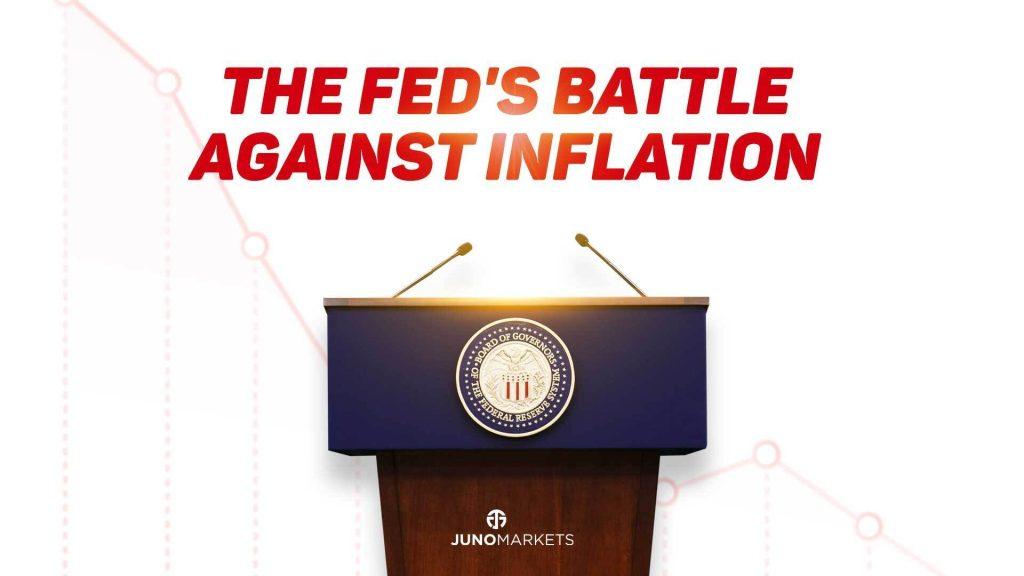Federal Reserve is expected to raise rates on Wednesday. The market is pricing in a 75bps rate hike and the likelihood of 100bps move at 25%. Fed will likely increase the target range for the fed funds rate by 75bps because of the August US CPI showed that inflation is still out of control.
The yearly rate of the CPI was 8.3%. The cost of goods at the retail level for consumers is rising despite falling gas prices and a general downturn in most industrial commodities. Costs for food are consistently growing, which is particularly concerning.
Food prices have grown 11.4% in the last year, the greatest since 1979, according to data released by the Bureau of Labor Statistics on Tuesday. A sub-index that gauges the rise in grocery costs rose by a whopping 13.5%.
Sadly, none of the major asset classes has offered investors a shelter from the destructive effects of inflation. Bonds, precious metals, and yes, even stocks, are all falling.
It seems evident that the Fed will front-load rate increases more than the September baseline projection and the fed funds rate’s peak for this cycle will likewise be higher. The rate hike in November is projected to increase by 50 basis points (up from 25 basis points) and remain at 25 basis points in December according to the forthcoming baseline estimate. Consequently, it follows that the Fed Funds Rate’s target range will probably be in the vicinity of 4% to 4.25%. It is difficult for the Fed to tighten monetary policy without triggering a recession.
What effects might higher rates have on your investment approach?
Volatility is the name of the game and most investors find that adhering to a long-term game plan is the best strategy when dealing with this kind of market. Any pullbacks in the market will be seen as a buying opportunity especially for long-term investors.
In the market, volatility is unavoidable. Investors must endure downturns as a cost in order to benefit from the upturns that follow.




